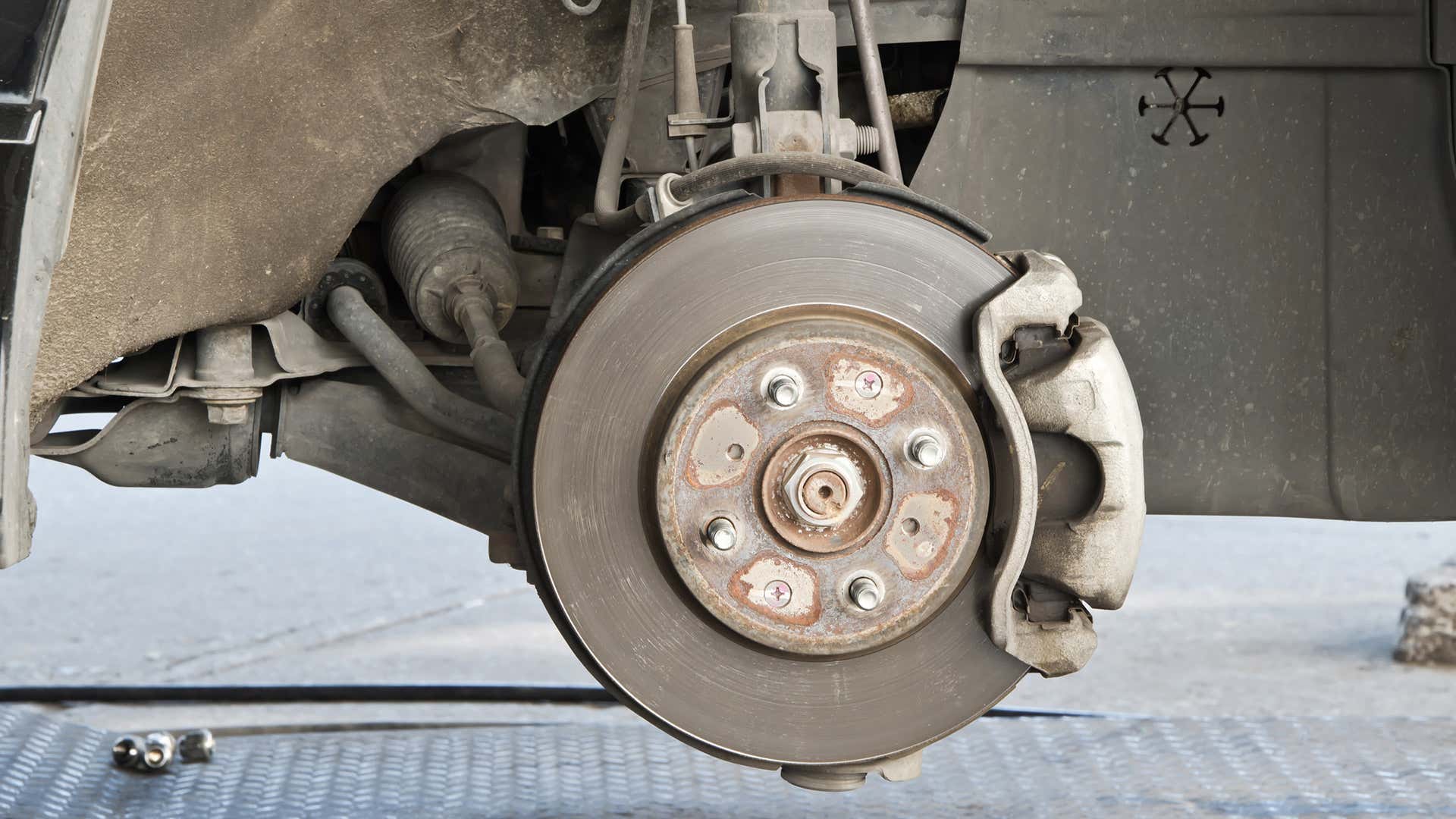Behind every wheel on every newish vehicle, there is a set of tiny ball bearings that keep the wheels smoothly rotating without interruption. They’re unsung heroes when it comes to discussions of a car’s primary parts, but their importance cannot be overstated.
Although these small balls are not a part of the regular maintenance cycle, they do eventually go bad, so it’s important to know how they work when it comes time for repairs. Let’s explore.
What Are Wheel Bearings?
Wheel bearings are small metal balls held within small rings that are designed to reduce rolling friction and allow the car’s wheels to spin freely, all while sustaining the vehicle’s weight.
Where Are Wheel Bearings Located?
A wheel bearing is located within the wheel hub, which connects the wheel to the axle. Each wheel has its own set of wheel bearings.

Ball Bearings Vs. Roller Bearings
Two of the most common types of wheel bearings are ball and roller. One style of wheel bearings used rollers, which were basically a series of small cylinders placed within a tapered circular housing. Roller bearings typically are not sealed, which is good for service but bad for susceptibility to contamination.
Ball bearings, however, use miniature balls with small contact points for rolling ease. Ball bearings are typically sealed, which is great for keeping contamination out, but they often cannot be serviced.
How Long Do Wheel Bearings Last?
The lifespan of your wheel bearings will depend on the manufacturer, the day-to-day operating conditions, and driving loads, but they are expected to last at least 75,000-100,000 miles.
Symptoms of a Bad Wheel Bearing
The good thing about a wheel bearing is you’ll know when it goes bad, thanks to a few obvious symptoms. These are the tell-tale signs you need to inspect yours:
Irregular Noises
The most common symptom of bad wheel bearings is the weird noise they produce when something is off. You might hear humming, whirring, rumbling, grinding, or clicking, depending on how the wheel bearing is failing.
Uneven Tire Wear
As the ball bearings wear down, they will start to loosen up within their housings and/or lose some of their effectiveness. Because of this, the tires could wear down unevenly.
Loose Steering Feel
No, the steering wheel itself won’t feel loose, but the steering feel might. If a bearing goes bad, it might create a bit of play within the wheel assembly. If this occurs, your steering might feel more vague than normal.
Vibrations
If a wheel bearing seal is broken and the insides become contaminated with hard particles, or it has simply worn down over time, it could cause a rougher-than-usual ride and vibrations.
Wheel Lock
Most modern wheel bearings are sealed and for good reason. If any dirt, debris, or other contamination gets into the bearings, it could reduce lubrication and increase friction. If it gets too hot, or there’s too much debris in the bearings, they could start to lock up or grind. If the bearings lock up, the wheel could lock up.
Traction Control or ABS Malfunctioning
All new wheel hub assemblies come equipped with built-in sensors that inform the traction control, ABS, stability control, and other driver-assistance systems. If something within the wheel bearing isn’t functioning in proper form, it could cause the systems to malfunction, or throw and code and warning light.

Can Wheel Bearings Be Serviced?
The best thing to do with a bad wheel bearing is to replace it, along with the others to ensure even and balanced driving. The wheel bearings typically come as part of a larger wheel hub assembly package.
A Quick Overview of How to Remove a Wheel Hub Assembly
Each car is different and might require different steps, but these are the general steps you will go through when removing a wheel hub assembly.
- With the vehicle still on the ground, use a breaker bar or impact wrench to loosen the wheel hub nut, then the lug nuts.
- Jack up the vehicle and insert your jack stands.
- Remove the wheel and set it aside.
- Remove the brake caliper and place it somewhere that does not put stress on the brake line.
- Remove the rotor.
- Remove the axle nut.
- Unplug the hub assembly cord.
- Remove any bolts on the wheel hub assembly.
- Follow the manufacturer’s recommendations for removing the old hub assembly. Many require special tools that should be used to avoid damaging other parts of the vehicle. Seriously, the wheel bearing puller tool will make this job much simpler.
- As you remove the wheel bearing, be cognizant of the axle and avoid letting it drop, get dirty, or put stress on any other parts.
- Clean off any corrosion found on the involved parts.
- To replace the old hub with the new hub, insert the new hub (with a press, if necessary), replace the old axle nut, and follow the previous steps in reverse.
Note 1: When replacing the hub, you might want to use anti-seize to prevent future difficulties.
Note 2: With everything removed, this is a wonderful time to perform inspections on the suspension and brakes.
Note 3: If you replace one bearing, you should replace the others.
Tips For Hub Removal
Wheel hub assemblies are often extremely stubborn to remove. If you’re already in the middle of the job but don’t have a puller tool, these other tools and methods might be able to help. Just use extreme caution not to damage anything, and always use necessary safety precautions.
- Slide hammer
- Rubber mallet
- Heat and metal hammer
- Penetrating spray


